Visiting Scholars
Visiting Scholars
| Visitor | Period of stay | Research interests | |
|---|---|---|---|
Marek Abramowicz |
12 May 2024 to 19 May 2024 | Prof. Marek Abramowicz earned his Ph.D. in theoretical physics from Warsaw University. After that he worked for several years at Stanford University and University of Texas at Austin. Later, for more than a decade, he collaborated closely with Dennis Sciama, first at Oxford University and then at the International School for Advanced Studies in Trieste. For twenty years he was a member of the Academic Board at the Salam's International Centre of Theoretical Physics in Trieste. In 1990-1994 he was professor of astrophysics at Nordita, the Nordic Institute for Theoretical Physics in Copenhagen. He was the Chair professor of Astrophysics at Göteborg University and Chalmers University of Technology in Sweden for many year. Now he is a professor at the Nicolaus Copernicus Astronomical Center of the Polish Academy of Science, and a member of the European Academy of Sciences and Arts. His main field of research is theory of black hole accretion disks. Together with collaborators he discovered and/or developed models of Polish Doughnuts, Slim disks, ADAFs, magnetically arrested disks (MAD). The well-known model of slim accretion disk has been considered as one of the foundations of understanding the formation and growth of supermassive black holes. |
 |
Minjin KIM |
24 February 2024 to 25 February 2024 | I am an associate professor in Department of Astronomy and Atmospheric Sciences at Kyungpook National University. My main research interests are the physical properties of Active Galactic Nuclei (AGN) and their host galaxies, and the evolution of nearby galaxies. I am also involved in SPHEREx space mission. |
 |
Past Visiting Scholars
| Visitor | Period of stay | Research interests | |
|---|---|---|---|
|
Chengze Liu Shanghai Jiao Tong University |
23 Apr 2018 to 27 Apr 2018 | Stellar populations, galaxies |
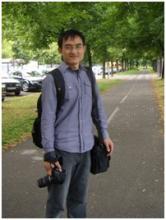 |
|
Hongxin Zhang University of Science and Technology of China |
23 Apr 2018 to 27 Apr 2018 | Star formation in galaxies, dwarf galaxies, globular cluster systems, ultracompact dwarfs |
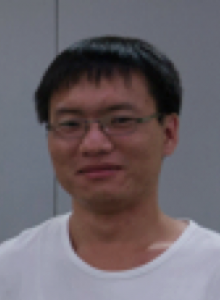 |
|
Pau Amaro-Seoane Max-Planck Institute for Gravitational Physics |
19 Apr 2018 to 30 Apr 2018 | stellar dynamics, LIGO/Virgo/LISA black holes, data analysis and gravitational-wave search algorithms, planetesimal dynamics, scalar fields and collisional dark matter, and GPU computing |
 |
|
Minjin Kim Korea Astronomy and Space Science Institute (KASI) |
17 Apr 2018 to 20 Apr 2018 | Coevolution of black holes and galaxies |
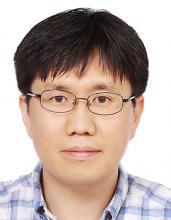 |
|
Juna Kollmeier Carnegie Observatories |
17 Apr 2018 |
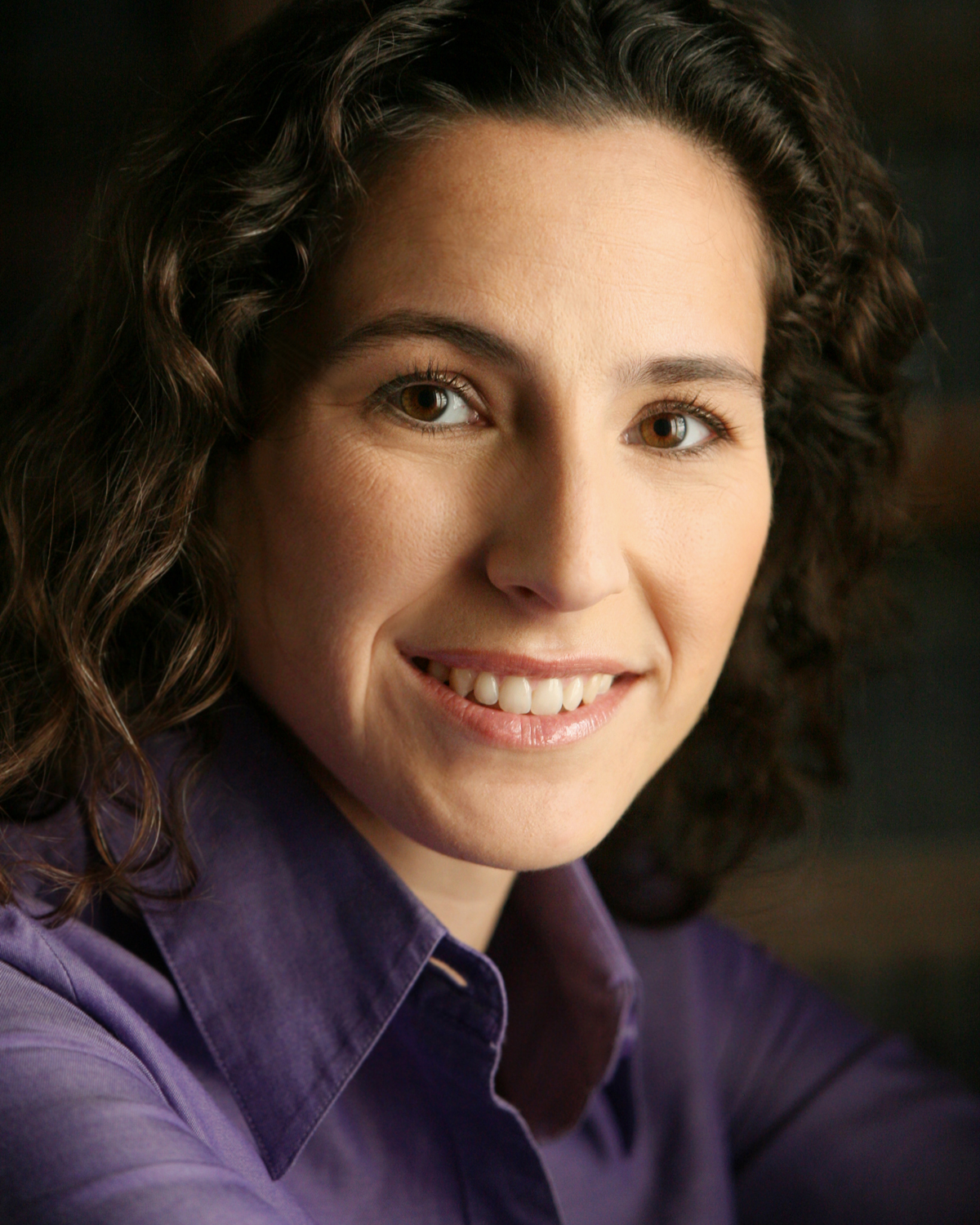 |
|
|
Wenbiao HAN Shanghai Astronomical Observatory |
4 Apr 2018 to 8 Apr 2018 | low-frequency gravitational wave astronomy and numerical simulation of extreme-mass-ratio inspirals |
 |
|
Dong Lai Cornell University |
1 Apr 2018 to 6 Apr 2018 | Theoretical astrophysics: exoplanets, compact objects |
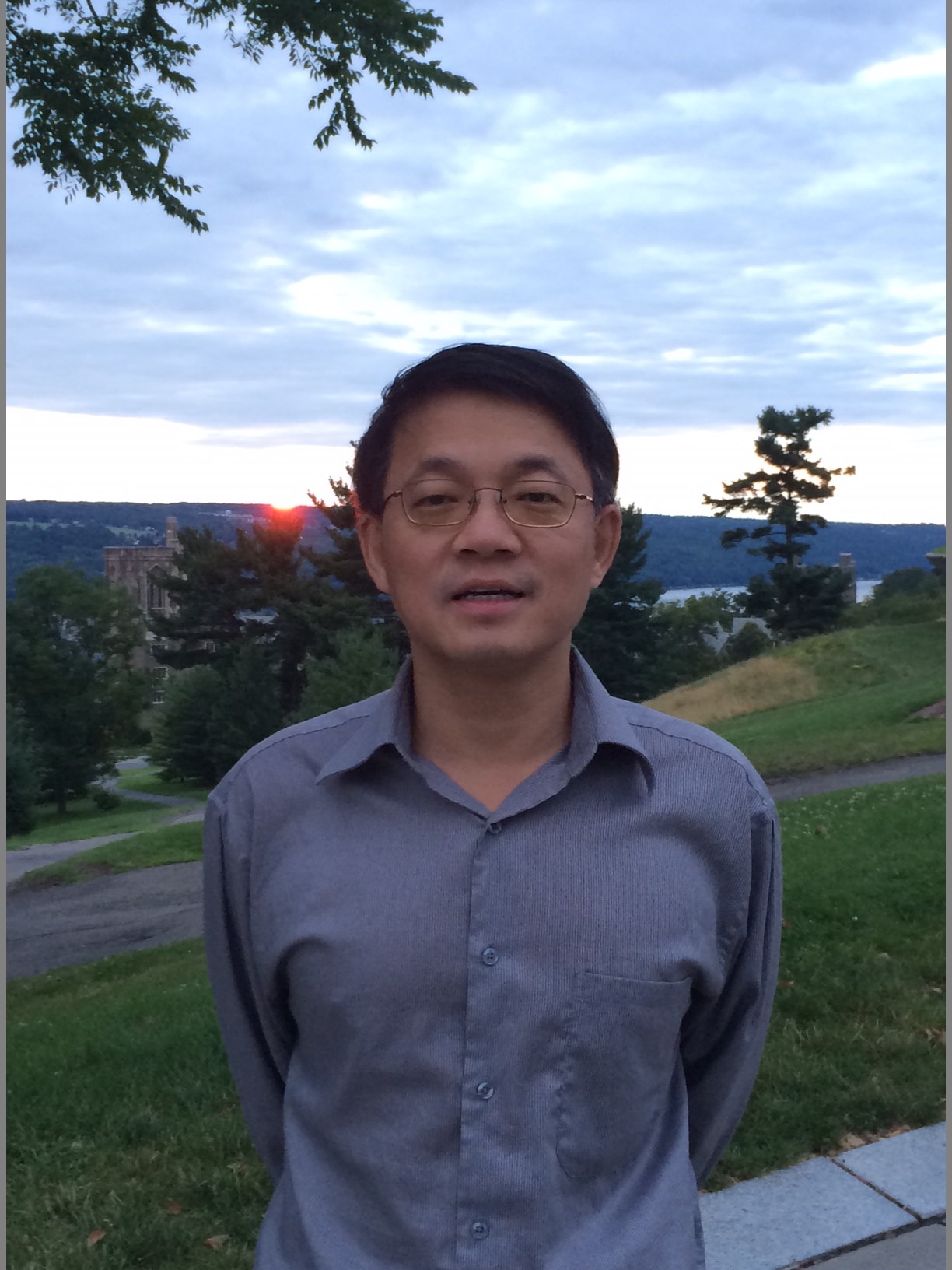 |
|
Peter Mészáros The Pennsylvania State University |
25 Mar 2018 to 30 Mar 2018 | Gamma-ray bursts, Neutrino astrophysiCosmology, Cosmic Rays, Gravitational waves, Neutron stars |
 |
|
David Buckley South African Astronomical Observatory |
24 Mar 2018 to 28 Mar 2018 | Compact accreting binary stars including X-ray binaries and cataclysmic variables, particularly magnetic systems |
 |
|
HAN Zhanwen The Yunnan Observatories |
21 Mar 2018 to 22 Mar 2018 | (1)Binary Population Synthesis (i.e. the BPS Theory) (2) Stellar Evolution (3) Binary Evolution (4) Peculiar Stars(5) Evolutionary Population Synthesis (6) Far-UV Excess of Early-type Galaxies |
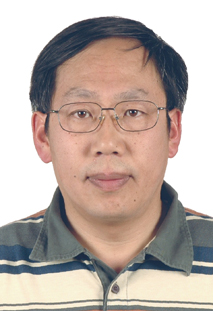 |
